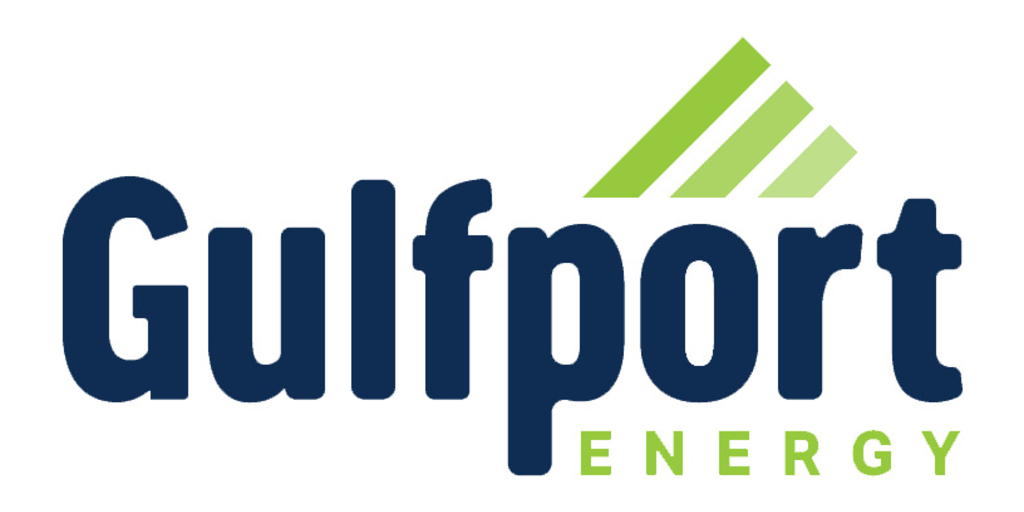
GPOR
Gulfport Energy Corporation
$222.49
3.91
(1.79%)
| Exchange: | |
| Market Cap: | 3.977B |
| Shares Outstanding: | 9.539M |
About The Company
| Sector: | Energy | |||||
| Industry: | Oil & Gas Exploration & Production | |||||
| CEO: | John K. Reinhart | |||||
| Full Time Employees: | 235 | |||||
| Address: |
|
|||||
| Website: | https://www.gulfportenergy.com |
Gulfport Energy Corporation engages in the exploration, development, acquisition, production of natural gas, crude oil, and natural gas liquids (NGL) in the United States. Its principal properties include Utica Shale covering an area approximately 187,000 net reservoir acres primarily located in Eastern Ohio; and SCOOP covering an area approximately 74,000 net reservoir acres primarily located in Garvin, Grady, and Stephens. As of December 31, 2021, it had 3.9 trillion cubic feet of natural gas equivalent to proved reserves; and proved undeveloped reserves comprising 8 MMbbl oil and 22 MMBbl NGL, and 1,550 Bcf natural gas. The company was incorporated in 1997 and is headquartered in Oklahoma City, Oklahoma.
Click to read more…
Revenue Segmentation
EPS
Earnings Call
Income Statement
(* All numbers are in thousands)
Balance Sheet
(* All numbers are in thousands)
Cash Flow Statement
(* All numbers are in thousands)
Analyst Estimates
(* All numbers are in thousands)




